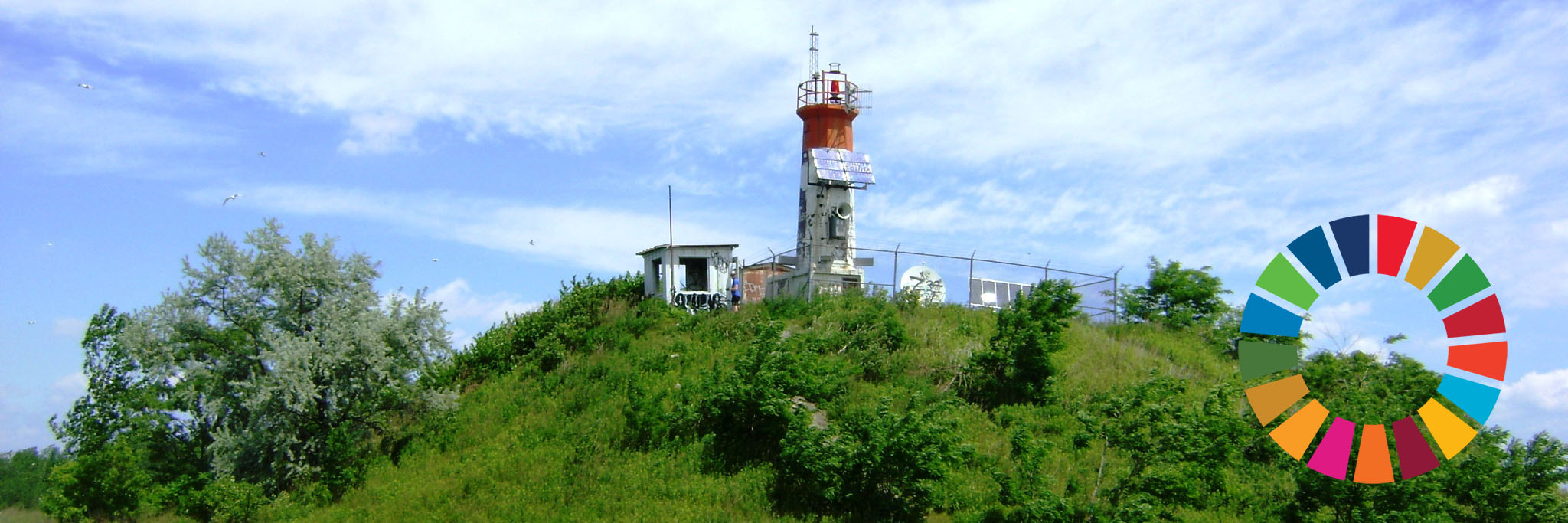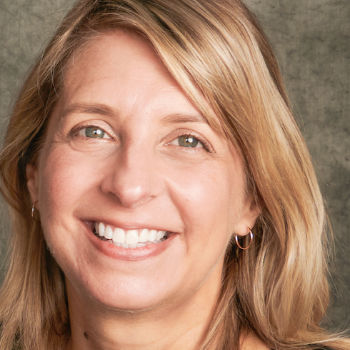
This March, York University is recognizing and participating in SDG Month Canada, a national initiative to advance collaboration, awareness and engagement around the United Nations' Sustainable Development Goals (SDG).
Throughout the month, YFile will present a series of articles that highlight contributions from York University and its efforts to advance the SDGs. These stories reflect the people, research and initiatives that make the University an international leader in sustainability.
Tucked near the bottom of Toronto, extending into Lake Ontario, is the Outer Harbour East Headland. Most, however, know it as the Leslie Street Spit.
The area has gained a reputation as a beloved spot for nature lovers, cyclists, bird watchers and more, which makes it easy to forget what it once was.
“It’s literally a construction waste dump,” says Jennifer Foster, a professor in the Faculty of Environmental & Urban Change.
Originally a human-made landfill intended to create a breakwater for the Toronto Outer Harbour, it instead became a site for construction waste. As daily dump trucks carried thousands of tons of rubble to the Spit it became unexpectedly – and rapidly – naturalized by birds who saw it as a refuge and left seeds in their droppings.

The Spit’s evolution is representative of Foster’s work, which looks at the ways ecological systems permeate cities, and how they can become more sustainable.
In her book Post-Industrial Urban Greenspace: Ecology, Aesthetics & Justice, she uses case studies in Milwaukee, Paris and Toronto to examine the transformation of abandoned industrial sites – such as factories, rail yards and quarries – into ecologically vibrant and socially significant urban greenspaces.
“We find that there are a lot of overlooked areas that are undervalued and that are considered garbage or waste, but often these spaces are highly ecologically rich,” she says. Instead of targeting them for redevelopment, she advocates for prioritizing ecological resilience with a simple question: “What happens when we stop planning and just let things be?”
In that way, Foster jokes that while her work is technically in the field of urban planning, she is often working against it. “Not everything has to be redesigned and brought into the logic of urban development with a view to capitalizing on the space,” she says. “My work is trying to draw attention to their value in their current state.”
It’s something she is doing with the Leslie Street Spit as well, through a project called Rubble to Refuge. The collaborative research initiative between York University scholars and the Toronto and Region Conservation Authority is investigating how park visitors engage with the landscape. The goal is to better understand the value of the Spit, and establish a benchmark for how similar naturalized spaces can be allowed to exist and benefit sustainable-oriented communities.
The project – and Foster’s work overall – pushes for planners to, as she says, “Think about alternative experiences of nature and urban space that might not show up at city hall or be part of the mainstream dialogue about what's valued in cities.”
Foster notes, too, that she has seen the benefits of this approach on the grounds of York University’s Keele Campus. Since she joined the University in the mid-2000s as a professor, she says she’s seen a shift in the aesthetic of the campus and its natural spaces.
“I love seeing how we now have meadows and prairie spaces. It used to be like what's called a lollipop park, where you have trees equally spaced and no understory. Now we see really rich, multi-layer diverse ecological spaces on campus,” she says. “It's just beautiful.”
York University’s grounds are just one example of naturalization that inspires hope and admiration from Foster when it comes to allowing greener spaces to be left alone.
“I'm really excited about the next few generations of people who get to shape our cities in interesting novel progressive ways,” she says. “I see that energy coming out of the York student body. It gives me a lot of hope about the future and what world they're going to be creating.”
